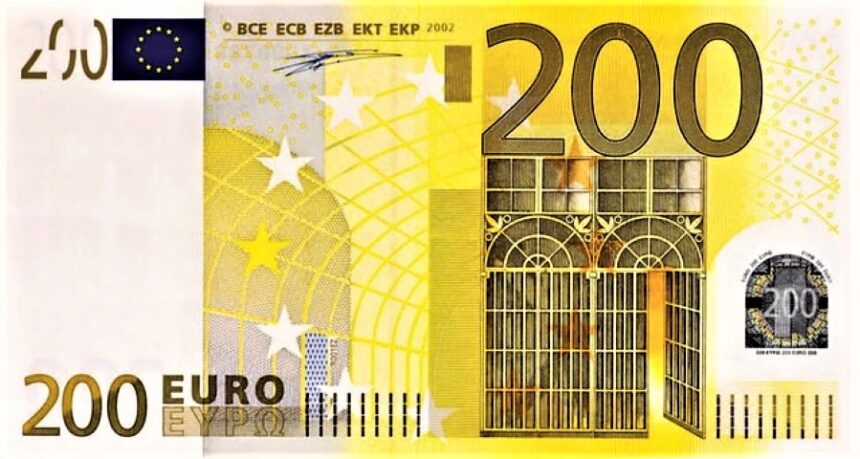Euro loses momentum just below 1.1000 and falls below 1.0950.
The rebound of the Euro (EUR) from Monday’s lows has stalled just below the 1.1000 level. On Tuesday’s European session, the pair fell further as additional hints of a Eurozone economic slump emerged.
Eurozone Following Monday’s disappointing IFO business mood, construction output fell in October, adding to signs of a bleak economic outlook. The PMIs released last week suggested that the manufacturing and services sectors will continue to contribute to an already negative GDP. Poor performance in the fourth quarter.
In this context, Joachim Nagel, President of the Bundesbank and an ECB policymaker, has warned against counting on reduced borrowing costs in the Eurozone.
On the other hand, the US Dollar (USD) stays stable near multi-month lows against major rivals. Preventing a deeper reverse. Investors remain hopeful that the Federal Reserve (Fed) will begin to ease its restrictive policies in March, which is fueling risk appetite and putting pressure on the US dollar.
Daily market movers: The euro is retreating from four-month highs.
On Wednesday, the Euro lost ground as fears over the Eurozone’s economic prospects grew.
Following a 0.9% increase in September, Eurozone construction production fell by 1% in October.
Atlanta Fed President Raphael Bostic confirmed that there is no “urgency” to decrease rates. And forecasted the first easing action for the second quarter of 2024.
Later today, Chicago Fed President Austan Goldsbee, a hawk, is expected to delay rate cuts.
According to data from the CME Group Fed Watch Tool. Investors continue to price in a roughly 75% possibility. That the US central bank would decrease rates by 0.25% at its March meeting.
Because of the uncertainty in the Red Sea, shipping companies have had to reroute their shipments. This is driving up oil costs. Which is likely to affect the Eurozone, given the Eurozone is a net importer of oil.
The US Dollar remains weak, with the US Dollar Index (DXY) hovering near four-month lows. lows are pulled down by low US bond yields.









